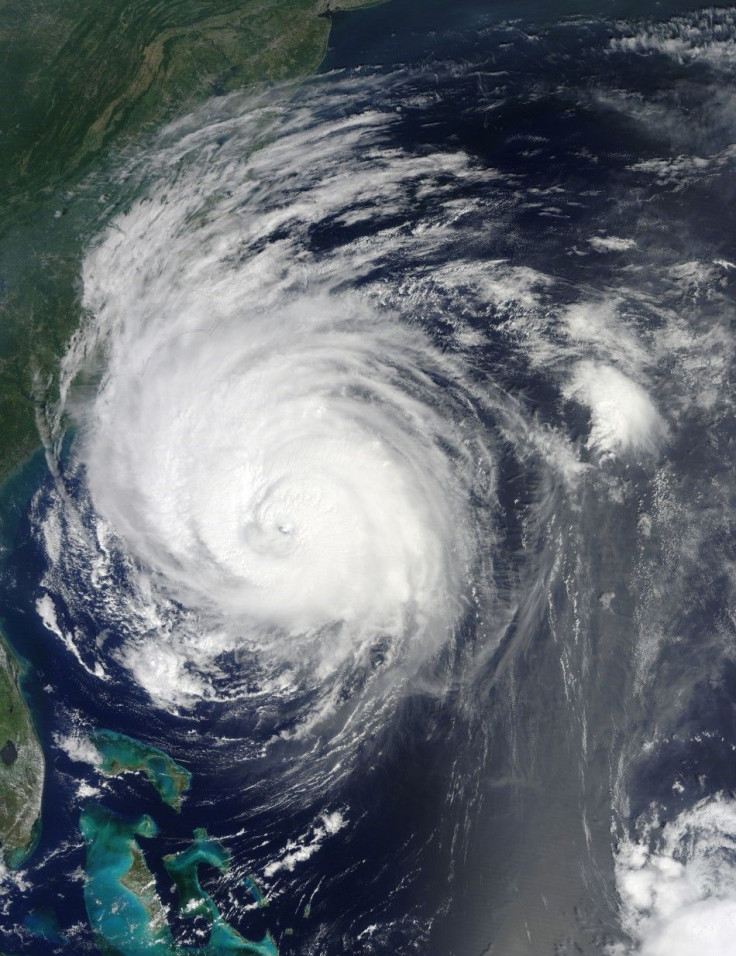Atlantic's Tropical Storm Earl Becomes Year's Second Hurricane
KEY POINTS
- Hurricane Earl has sustained winds of 80 mph with even higher gusts
- It's not expected to cause destruction in the U.S.
- Danielle became the first named hurricane of the Atlantic Season this year
Tropical storm Earl has strengthened into a hurricane, the second of 2022's Atlantic Hurricane Season, according to the National Hurricane Center (NHC).
"Hurricane #Earl Advisory 18: Earl Forecast to Become a Major Hurricane During the Next Couple of Days. Tropical Storm Warning Issued For Bermuda," the service tweeted Wednesday early morning.
As of 5 am, the service issued two key messages regarding Earl, which became the fifth named storm of the season last week.
"Although Earl's center is forecast to pass southeast of Bermuda, the wind is expected to grow, with tropical-storm-force winds forecast to spread across the island beginning Thursday afternoon and continuing through Friday morning."
As of now, the U.S. isn't in Earl's path, and no destruction is forecasted. The NHC further stated, "Swells generated by Earl are expected to reach Bermuda by tonight. These swells are likely to cause life-threatening surf and rip current conditions through Friday. Please consult products from your local weather office."
Here are the 5 AM AST Wednesday Key Messages for Hurricane #Earl pic.twitter.com/fHpsuRd6vj
— National Hurricane Center (@NHC_Atlantic) September 7, 2022
Earl has sustained winds of 80 mph with even higher gusts, reported CNN. It is moving north at 6 mph, and a tropical storm watch remains in effect for Bermuda. Danielle became the season's first named hurricane. It's expected to downgrade to a storm Thursday.
"Earl's center is expected to pass to the southeast of Bermuda in 48-60 hours. However, the size of the wind field of the tropical cyclone is expected to increase significantly, and the Bermuda Weather Service has issued a tropical storm watch," the hurricane center said.
The storm is forecasted to move northeast from there, away from land.
The Atlantic hurricane season runs from June 1 to Nov. 30, and affects the Atlantic basin, which includes the Atlantic Ocean, Caribbean Sea, and Gulf of Mexico. The first named storm typically forms in mid to late June, the first hurricane tends to form in early to mid-August, and the first major hurricane forms in late August or early September, according to NHC.
Between 1991 and 2020, an average Atlantic hurricane season has 14 named storms, 7 hurricanes, and 3 major hurricanes (Category 3, 4, or 5 on the Saffir-Simpson Hurricane Wind Scale).

© Copyright IBTimes 2024. All rights reserved.






















